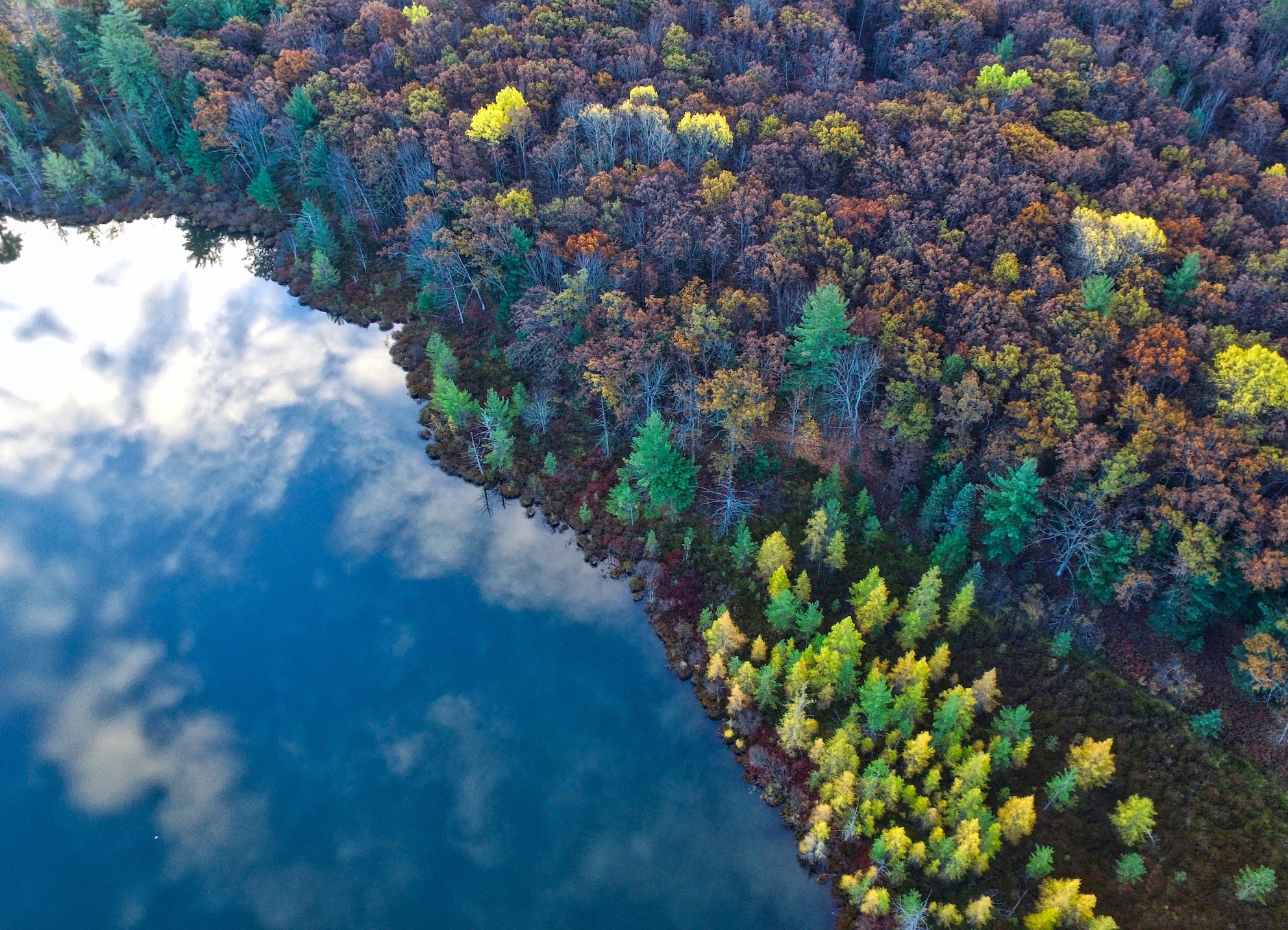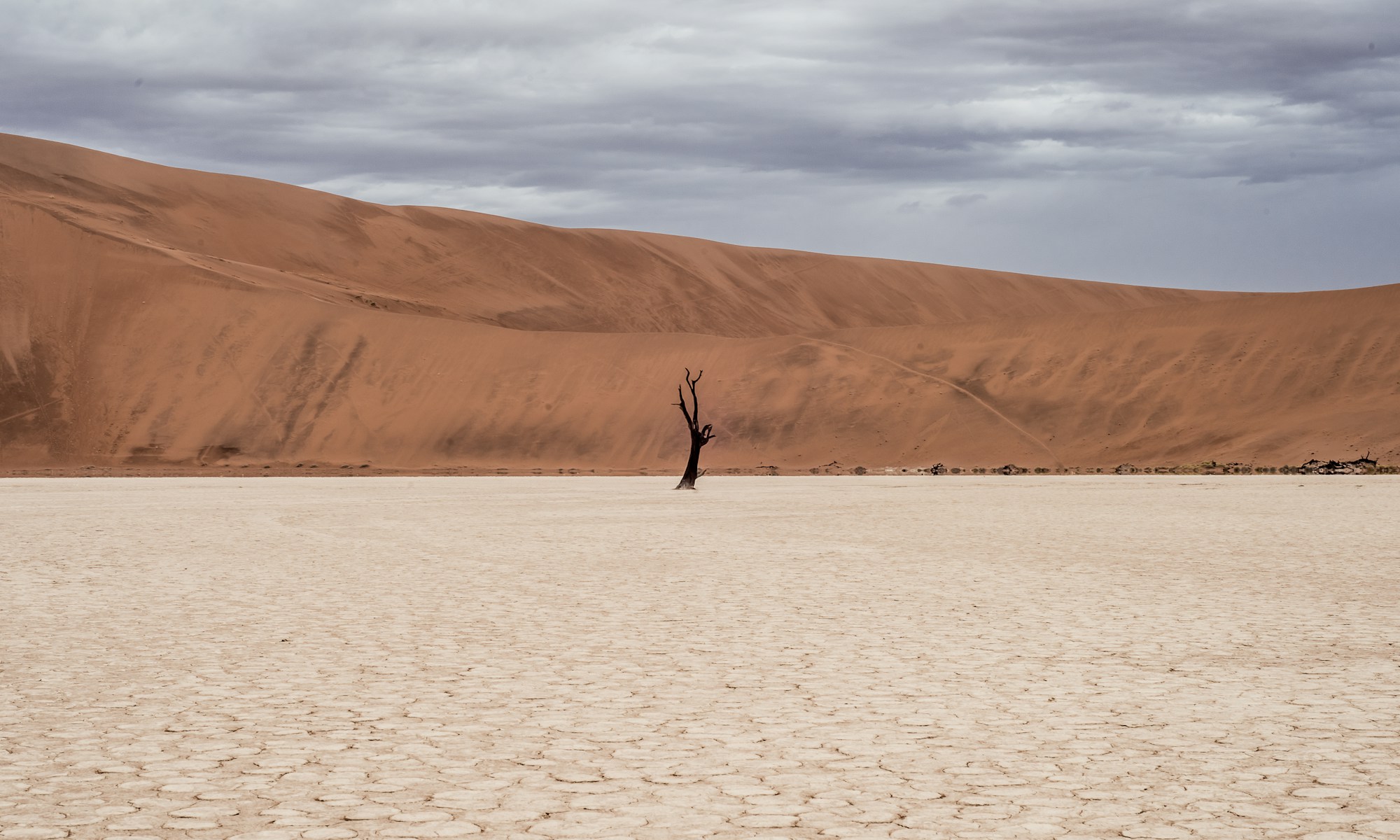2 March 2021 – by Ben Chappelow
Due to its low elevation and vulnerable barrier islands, North Carolina is one of the more at-risk areas in the United States (U.S.) when it comes to sea level rise. It has the largest estuarine system on the U.S. Atlantic Coast, with over 2,300 square miles (3700 sq. km) of coastal land vulnerable to a one-meter rise in sea level. Current projections place more than 789,000 North Carolinian properties at risk in the next thirty years. In some places, tidal flooding has increased by 100 percent since 2000. Even before flooding, many residents will experience heftier down payments and inequities in insurance, which could increase household debt. Either way, North Carolina will experience an exodus of people moving westward. For some communities, a managed retreat is not so simple. Coastal areas like New Bern and Princeville can illustrate the pain and complexity U.S. climate migrants face due to rising sea levels.
New Bern
In 2018, Hurricane Florence swept through the coastal city New Bern, a storm that meteorologists claim was intensified by climate change. Flooding engulfed more than 800 homes, including multiple public housing complexes. Displaced residents in New Bern applied for temporary housing assistance and property loss reimbursements from the Federal Emergency Management Agency (FEMA), but for many of them, this didn’t solve the problem. Most FEMA reimbursements only last a few months, whilst opening new low-income housing is a multi-year process. Many New Bern locals ended up in shelters, crashing on floors, and renting motel rooms with their FEMA checks.
The search for new homes isn’t a simple one. Private parties can prey on low-income migrants for a profit, and there are fewer affordable housing projects available to households with mixed income. In the state of North Carolina, it is legal for landlords to discriminate against applicants with ‘section 8’ vouchers (a federal subsidy on housing intended to ensure safe private housing for low-income residents). In Trent Court, New Bern’s housing project, landowners decided to demolish the damaged buildings despite former residents continuing to inhabit their old homes.
Increasing storms and floods are displacing those who cannot afford to stay. Public housing residents, along with other poor, disabled, elderly, and vulnerable people are forming one of the first waves of climate migrants in the U.S. According to a 2017 report, 9 percent of public housing units and 8 percent of privately owned federally subsidized housing units in the U.S. sit in a floodplain. This is close to 500,000 units and approximately one million people. Many residents of government-subsidized housing in New Orleans, Miami, Houston, and Puerto Rico have already become climate migrants. With sea levels on the projection to rise, New Bern is posed to be one of the canaries in the coal mine for American citizens living in public housing.
Princeville
For many communities, the problem is not only finding a new home but leaving their current one behind. Princeville, a small town of approximately two thousand people, was a symbol of resilience. It is believed to be the oldest town chartered by freed slaves, originally named Freedom Hill and established by freed slave and carpenter Turner Prince. Residents dealt with Jim Crow-era vigilante violence directed at a self-sufficient all-Black town. Its population remains 96 percent Black.
Situated along the Tar River, Princeville experiences frequent flooding. This was one of the main reasons Black people in the 19th century were able to settle the land in the first place—white landowners did not want it. The relegation of Black people to flood-prone land and hazardous areas exposes them to greater levels of environmental threats. This inequality became clear when the town has battled two supposed “100-year storms” within the span of twenty years (i.e., Hurricane Floyd in 1999 and Hurricane Matthew in 2016). Homeowners faced a difficult decision: either remain in an increasingly hazardous floodplain or sell their homes to FEMA and risk an end to their community.
Selling their property to FEMA would have prevented anyone from building again on their flood-prone land and led to a reduction in the town’s tax base. Many residents have relocated, but FEMA has helped fund multiple projects to rebuild county infrastructure for the locals who remain. In December of 2020, Princeville developed a comprehensive plan for redevelopment. Only time will tell if the town can withstand an increasing rate of storm surges and flooding.
For many of its residents, Princeville stands as more than their home, but as a land tied heavily to their history and culture. Uprooting their lives means more than a loss of property. For many groups, especially Native or Indigenous communities, the loss of one’s home can be harmful to one’s identity, and relocation may not be a remedy for that loss.
Current State of Migration in NC
For the financially well-off households impacted by natural disasters, western migration might be a smoother process. Real estate agents are more likely to flag down climate migrants who bring substantial financial resources with them to Western North Carolina. They will offer properties that will only increase in price with the influx of potential buyers. Wealthy out-of-state buyers have already been flocking to these mountains for years in search of second homes, and when surveyed, the vast majority of buyers claimed climate issues were a strong motivator. When more low-income households must move west, the limited supply of available property will likely skyrocket due to increased demand. Those who cannot afford the inflated prices will have a difficult time finding a place to live.
It is hard to say if the available resources North Carolina has to offer will ensure the safety of its citizens. The state does not have the best track record when it comes to confronting sea level rise. In 2012, NC-20 lawmakers passed a controversial bill that, according to policy manager Tancred Miller, “put a moratorium on using any official numbers, rates of sea level rise for state-level planning or state-level regulation.” In other words, the bill did not allow state and local agencies to base policy decisions on models that include the rapid accelerating effect of global warming. Instead, decisions had to be based on outdated historical data that places sea level rise projections much lower than what scientists claim. According to the Columbia Undergraduate Law Review, this bill “ignores crucial scientific evidence and has the potential to harm North Carolinians on the coast.” The North Carolina Coastal Federation claimed the bill “may result in unintended consequences for coastal property owners.” Current policies now fit later scientific reports, but the bill paints a picture of NC lawmakers’ hesitation to face the encroaching issues climate change brings.
The many complexities of climate migration only magnify on the global scale as international communities seek refuge across national borders. Leaving one’s country carries with it further conflicts of culture and identity. If the U.S. hopes to lead in the effort to combat climate-induced displacement, it needs to learn from the issues face by its own citizens.

Benjamin Chappelow is a writer and narrative designer in the Appalachian mountains, United States. As an immigration researcher and former Narrative Writer for the Climate Resilience Toolkit, he is focused on how the stories we tell dictate our behavior in an ecological crisis. When he is not writing, Benjamin is trying to teach his cat how to type so he won’t have to.









